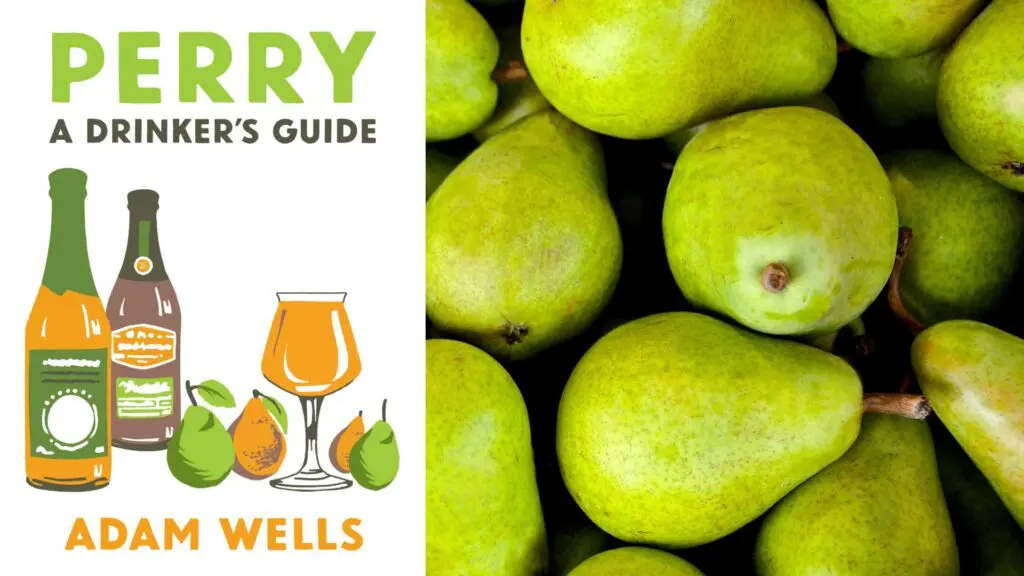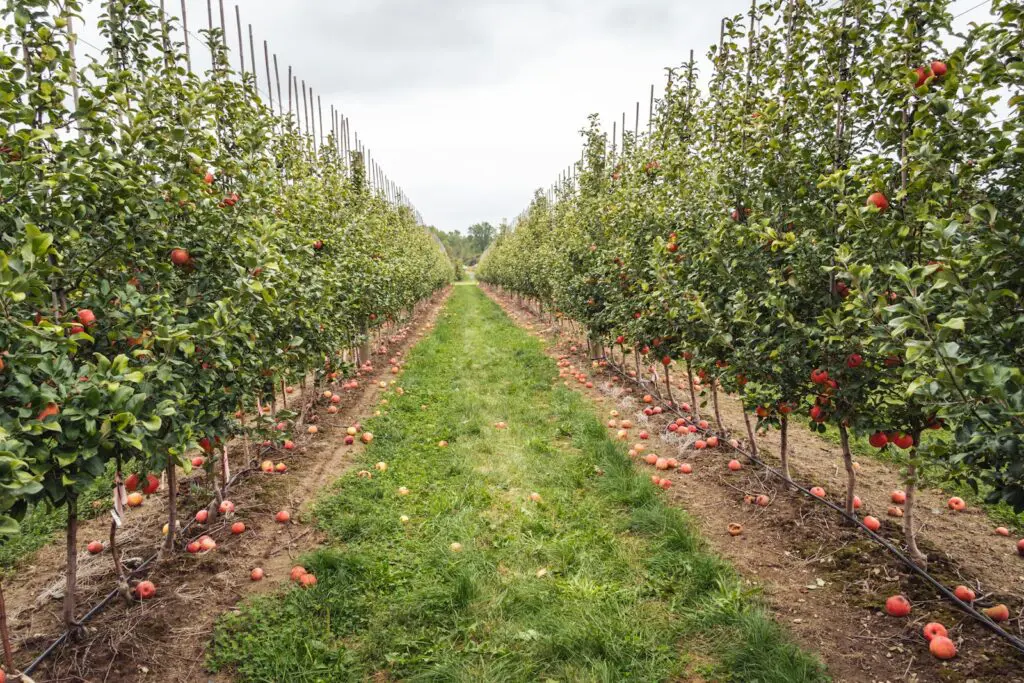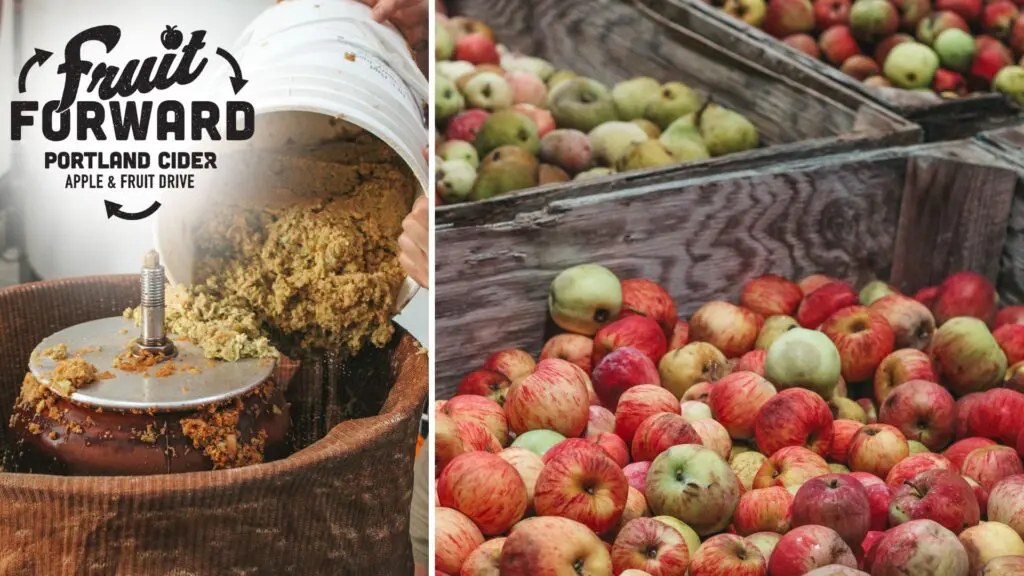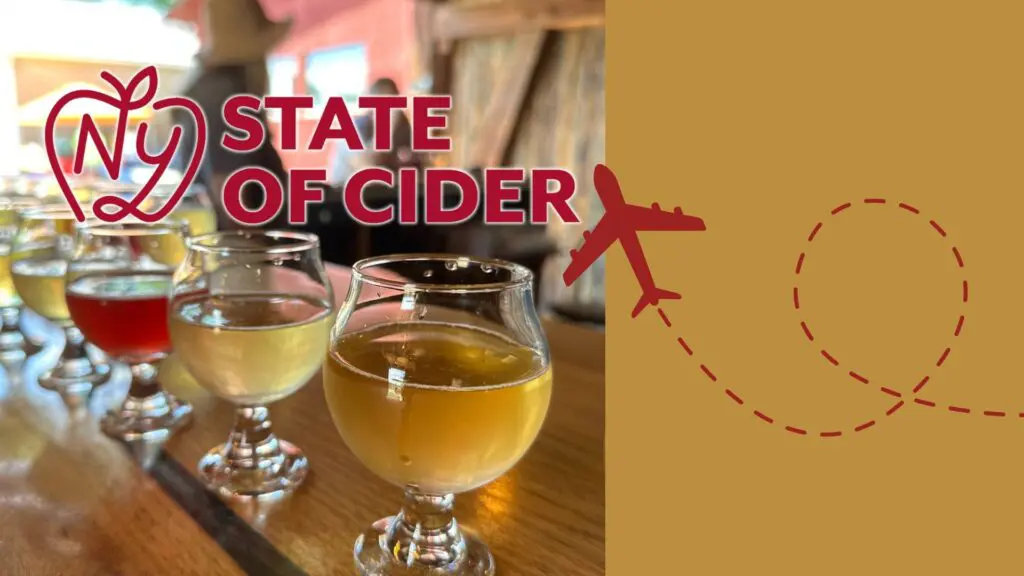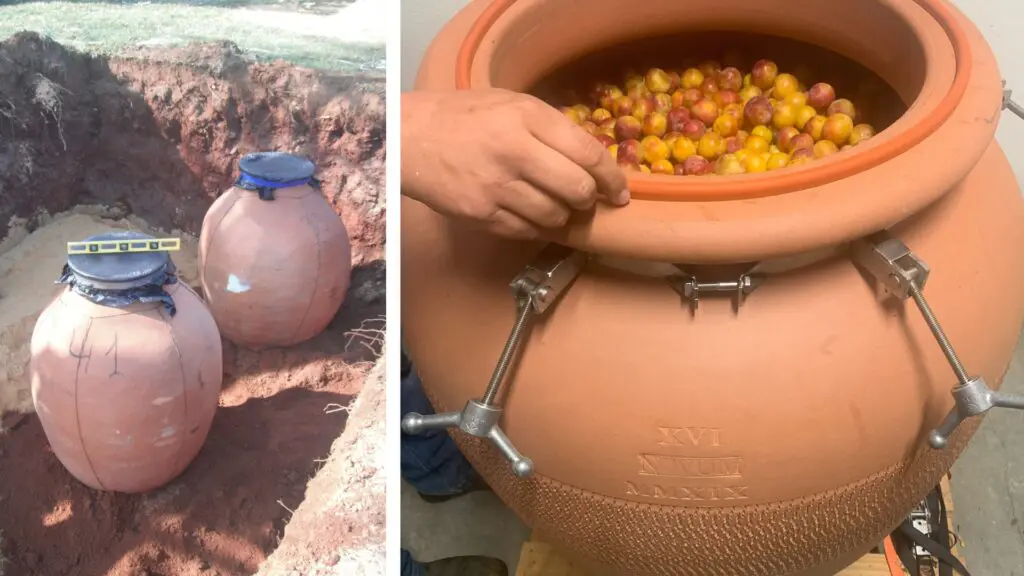Let’s get down to basics. Tannin is a naturally occurring polyphenol found in much of plant life, including fruit. In wine grapes, tannin is most often found in the skins (along with stems and seeds) and its impact is drawn from time the pressed juice spends on those skins. In apples, tannin is also found in the flesh of the fruit, fully integrating the compound into the pressed juice to add bitterness, astringency and texture to the fermented product.
Many apple growers and cidermakers agree the ideal apples for cider provide a balance of sugar content, acid and tannin. Ultimately, tannin offers a structural, texturing complexity that is hard to produce or replicate without the right fruit in the first place.
In this three-part series, we spoke with producers and growers about tannic apples and why they are fundamental to a complex and complete cider. First up, grower-maker Eleanor Léger of Eden Specialty Ciders shares her insight on these inedible yet near-otherworldly apples.
How would you describe a tannic apple?
Their best use, and historic use, has always been for cider… There’s this class of apples with tannin in them which are being grow specifically for cider — they are managed differently, harvested differently, pressed close to harvests because they don’t last particularly well. They provide tannin, which gives structure to cider and also requires some time for development in ways that are much more like wine.
There’s a really good parallel in the wine world with wine grapes and grocery store grapes. They are two very different types of grapes with different purposes. It’s the same with these tannic cider apples versus apples that are more typically used for eating.
How are these apples best used in cider and what do they contribute to the finished product?
The tannins are the secret sauce – these are apples that you would use for dry to semi-dry ciders in particular, [but] of course the French have them in the sweet ciders. They make the cidermaking more challenging in the sense that you can’t turn a batch in four to six weeks, it requires aging to come together and integrate just like a wine with tannins has. [These apples] are seasonal — once they are gone, they’re gone. You have to wait until next year; you can’t pull them out of cold storage.
For me, the key thing when you make a dry cider with tannic apples, you have fruit character and structure that you don’t when you’re working with non-tannic apples.
What do you look for when you’re blending a cider with tannic apples?
I’m looking for balance. I need to know ahead of time what’s the level of sweetness I want, what’s the fizziness, how do I manage the blend — that’s going to determine what kind of apples I use. Then it comes down to proportion, we have some really aromatic heirloom or dessert fruit that needs just a little tannin and I can use some tannic apples that don’t have a lot of aromas or flavors to them, and they provide structure. Or more likely the tannic apples add some interesting characteristics of their own and I’m adding them to the blend. One hundred percent tannic ciders are typically out of balance so blending is really a requirement.
At the end of the day, [tannic] apples are hugely expensive and the cider needs to be delicious. What’s really cool about them is — when you have a well-made cider with the proper amount of flavor — you get the apple character in the way that you look to a good Pinot Noir to have good fruit character. That’s the magic of these apples.
The United States Association of Cider Makers‘ (USACM) recently released cider style guidelines, including “heritage cider,” which is defined as made “primarily from multi-use or cider-specific bittersweet/bittersharp apples, heirloom varieties; wild or crab apples.” How do tannic apples help define this category?
I think the reason it has this name is if you look to the cider regions in Europe where [cider] has been a centuries-old tradition, all of the ciders are defined by tannic apples. It makes sense for this term that the USACM developed applies to all of those. Let’s have a category that helps define ciders made with tannic apples because they are so different both in flavor profile and both in cost.
How can the consumer find these types of ciders?
Those of us who make these types of ciders need to put “heritage cider” on the label… But if you look for a 750-milliliter bottle that says dry or semi-dry, it’s more likely to have tannic apples in it.


